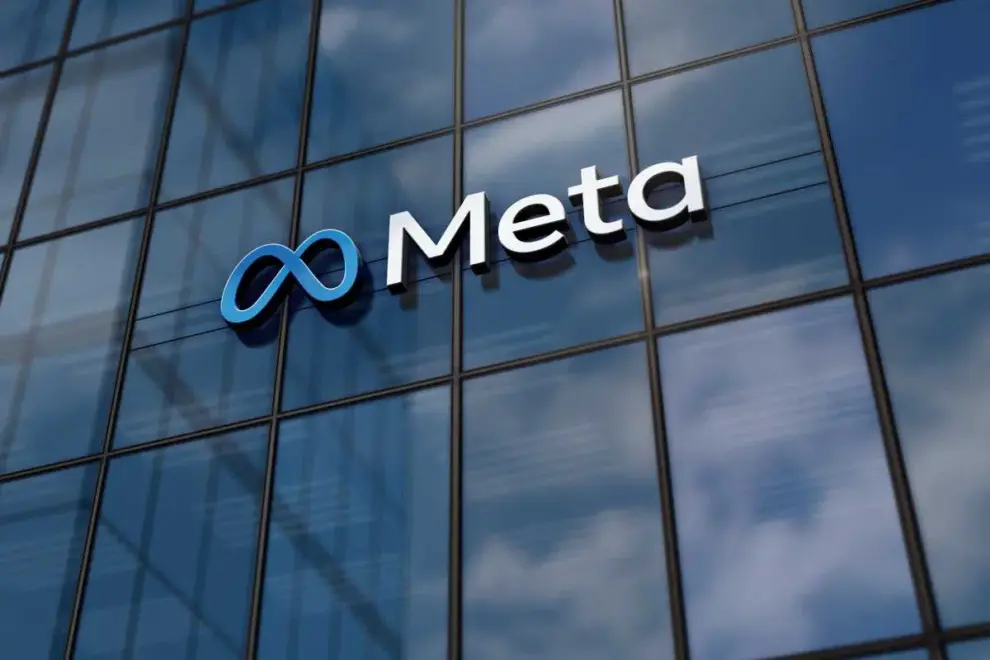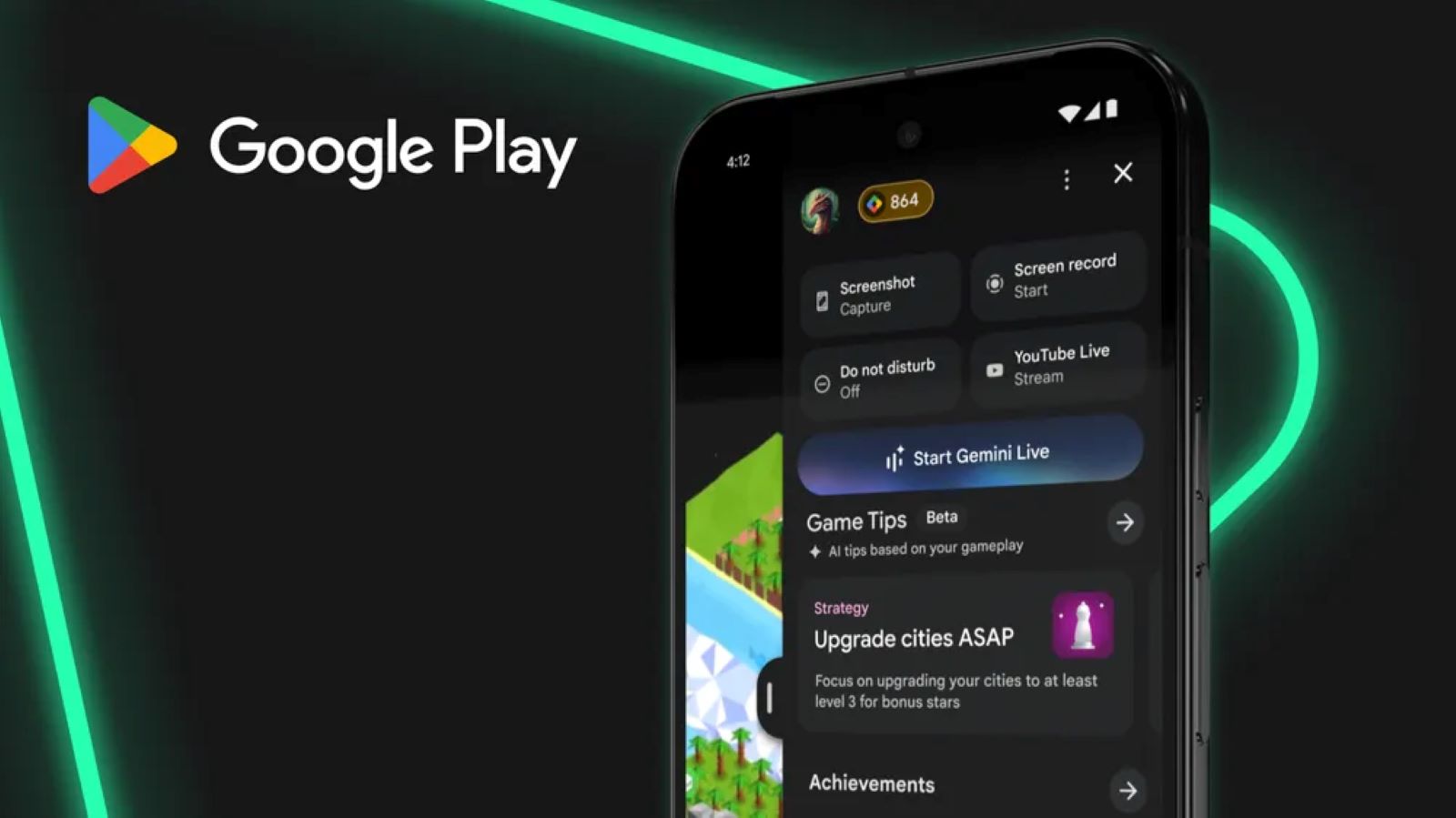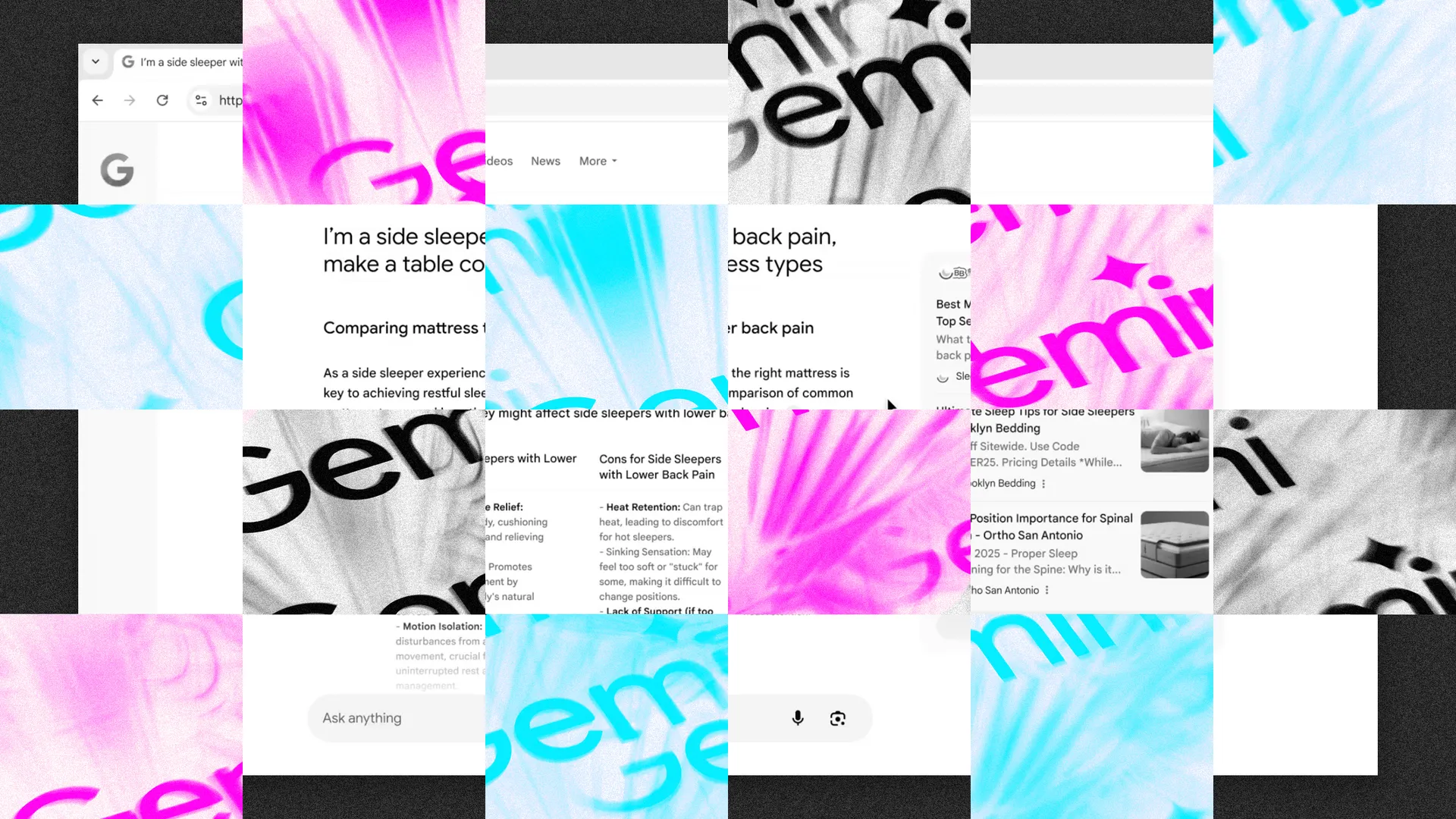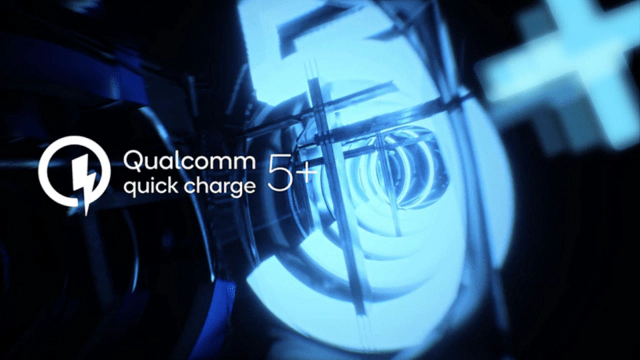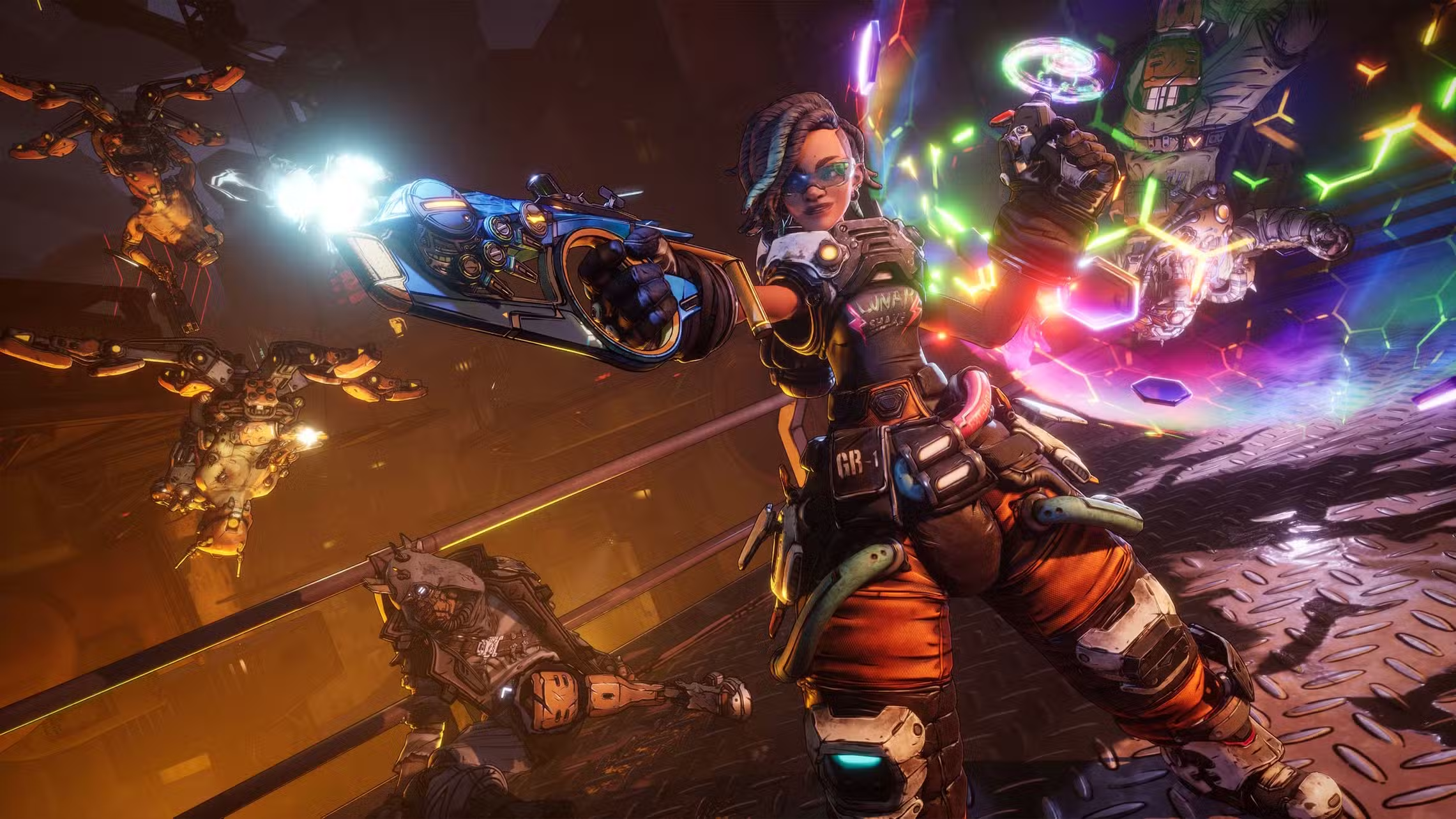The digital advertising landscape seems poised for one of its biggest overhauls yet. According to recent reports, Meta Platforms is working toward a bold goal: fully automating ad campaigns with artificial intelligence by late 2026. In theory, this means a brand might only need to upload a product image and input a budget—and then Meta’s AI would take over from there, crafting visuals, generating video and text, and even handling precise audience targeting across Facebook, Instagram, and beyond.
If it plays out as planned, this shift could fundamentally change how businesses think about marketing. It also raises some tough questions: What happens to the human touch in advertising? And how do agencies and marketers fit into this AI-first vision?
The Vision: Advertising on Autopilot
Meta’s vision here is pretty straightforward: make advertising simpler and more accessible for everyone, from massive brands down to local mom-and-pop shops. Picture a small business owner uploading a photo of a new product, stating a budget and marketing goal, and letting the AI take the wheel. The system would generate multiple versions of the ad—different images, video snippets, variations in copy—and figure out the best people to show it to. It might even make budget suggestions and tailor the message in real time, changing what users see depending on their location, browsing habits, or other subtle factors.
The real promise lies in trimming down the complexity. For many small and medium-sized businesses, who don’t have in-house marketers or ad agencies on speed dial, this kind of automation could level the playing field.
What’s Behind the AI Push?
Meta has been laying the groundwork for this shift for years. The company has gradually rolled out AI-powered tools that help advertisers with things like image generation, text variations, and automatic format optimization. Its “Advantage+” campaigns have already delivered encouraging results—in some instances, they’ve even outperformed ads crafted by human hands.
Mark Zuckerberg has been vocal about his ambitions here. He imagines a future where businesses simply tell Meta their objective and spending limit, and then the AI does the rest. It’s a vision focused less on manual tweaks and more on results—with algorithms trained on billions of past ad interactions doing the heavy lifting.
Potential Benefits for Advertisers
There’s plenty of potential upside, at least on paper:
- Increased Accessibility: Smaller businesses, often without marketing departments or big budgets, could tap into advanced ad tech previously reserved for larger players.
- Time Savings: With AI handling the nitty-gritty—ad creation, testing, targeting—marketers could reclaim time for strategy and higher-level planning.
- Enhanced Personalization: AI can tailor ads to individual users at scale, possibly improving engagement and conversion rates.
- Data-Driven Decisions: Algorithms that learn from massive data sets might make better calls on where and how to spend money.
- Rapid Experimentation: The system can quickly test different ad variations and zero in on what works—far faster than a human team could.
Challenges and Concerns
Still, not everyone is sold. There are some real questions that Meta’s vision doesn’t fully answer just yet:
- Creative Control and Brand Voice: Can AI really reflect a brand’s unique tone and identity? That’s a tricky thing to automate, and missteps could alienate audiences.
- Transparency and Bias: Algorithms can carry hidden biases from their training data. Will advertisers be able to trust that their campaigns are being delivered fairly?
- Quality and Accuracy: Mistakes in auto-generated ads—whether factual errors or off-brand messaging—could damage trust. So far, large-scale reliability hasn’t been proven.
- Impact on Human Roles: If AI takes over the ad pipeline, where does that leave designers, copywriters, and media buyers? Some believe it’ll free up humans for more creative work. Others see job displacement ahead.
- Technical Hurdles: Rolling out this level of automation globally is no small feat. Meta’s past AI initiatives have faced setbacks, so a 2026 timeline may be ambitious.
Meta isn’t alone in this race. Google, OpenAI, and others are pushing hard into generative AI for advertising, content creation, and beyond. The arms race is on to build platforms that not only simplify ad buying but also boost effectiveness through smart automation.
If Meta succeeds, this could reshape how brands of all sizes reach people online. But it won’t be without friction. The shift demands new ethical guardrails, closer scrutiny of algorithmic decisions, and, perhaps most importantly, a reimagining of what it means to be “creative” in the age of automation.
Advertisers, agencies, and regulators will all be watching—because if Meta does pull it off by 2026, we’re looking at a very different marketing playbook.
